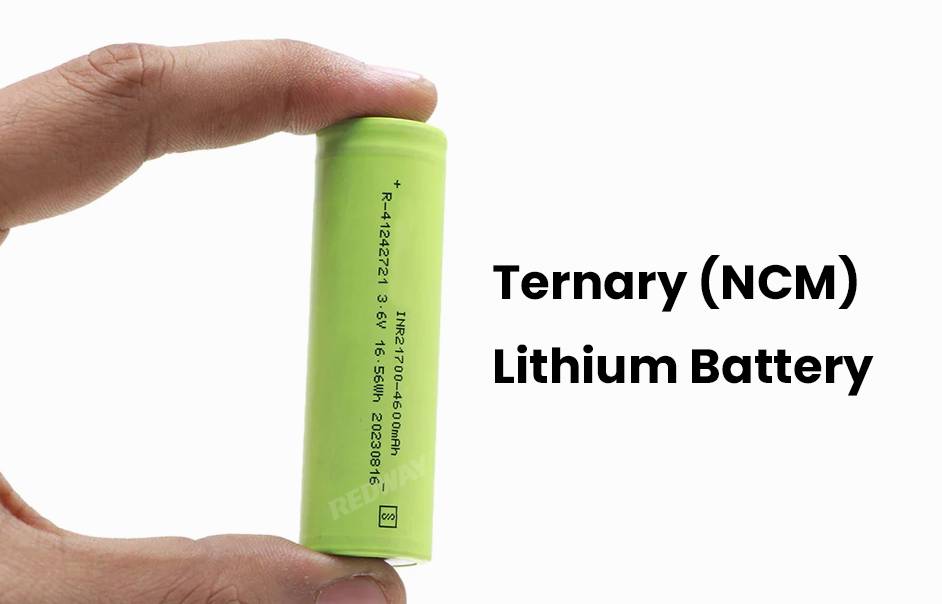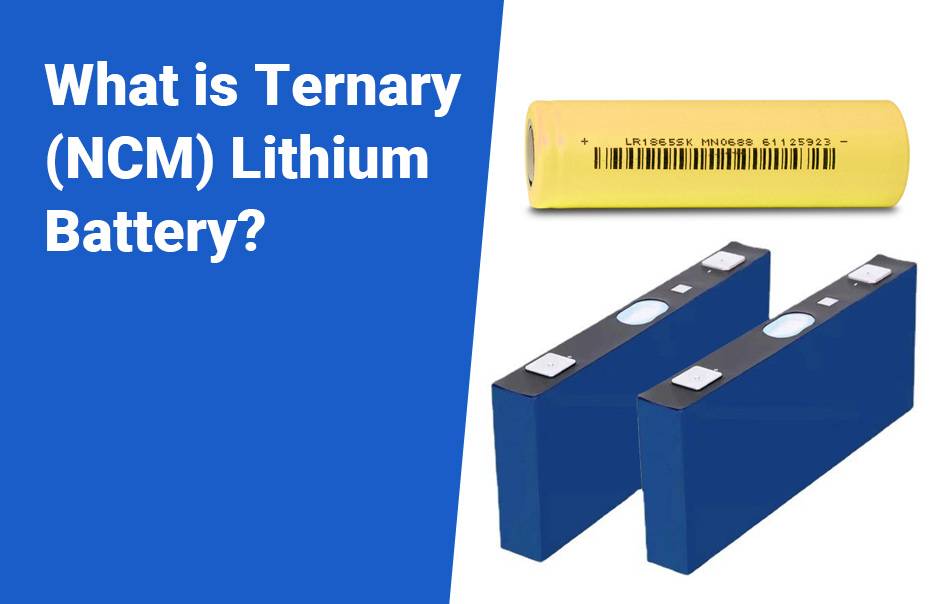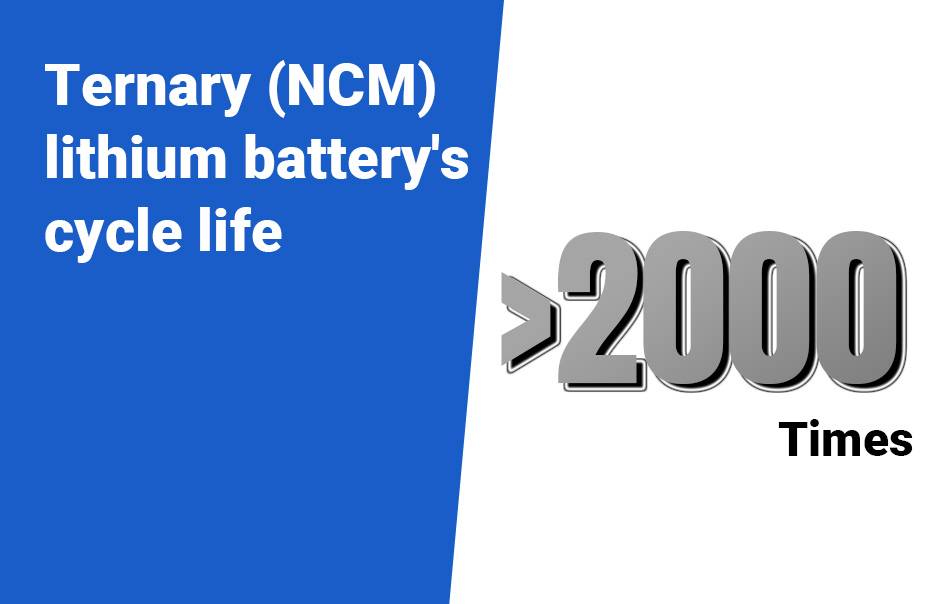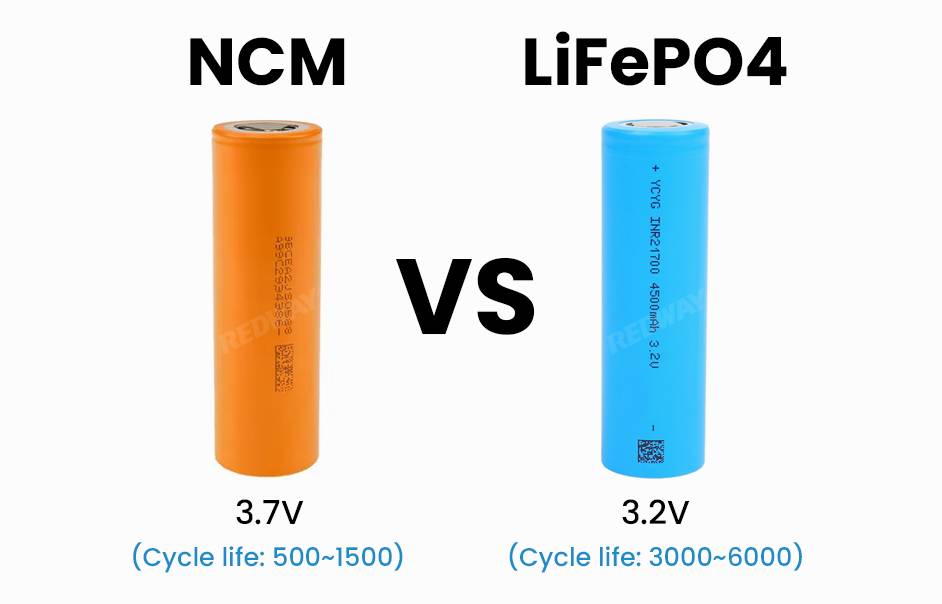- Forklift Lithium Battery
-
48V
- 48V 210Ah
- 48V 300Ah
- 48V 420Ah (949 x 349 x 569 mm)
- 48V 420Ah (950 x 421 x 450 mm)
- 48V 456Ah
- 48V 460Ah (830 x 630 x 590 mm)
- 48V 460Ah (950 x 421 x 450 mm)
- 48V 460Ah (800 x 630 x 600 mm)
- 48V 460Ah (820 x 660 x 470 mm)
- 48V 500Ah
- 48V 560Ah (810 x 630 x 600 mm)
- 48V 560Ah (950 x 592 x 450 mm)
- 48V 600Ah
- 48V 630Ah
-
48V
- Lithium Golf Cart Battery
- 12V Lithium Battery
12V 150Ah Lithium RV Battery
Bluetooth App | BCI Group 31
LiFePO4 Lithium
Discharge Temperature -20°C ~ 65°C
Fast Charger 14.6V 50A
Solar MPPT Charging - 24V Lithium Battery
- 36V Lithium Battery
- 48V Lithium Battery
-
48V LiFePO4 Battery
- 48V 50Ah
- 48V 50Ah (for Golf Carts)
- 48V 60Ah (8D)
- 48V 100Ah (8D)
- 48V 100Ah
- 48V 100Ah (Discharge 100A for Golf Carts)
- 48V 100Ah (Discharge 150A for Golf Carts)
- 48V 100Ah (Discharge 200A for Golf Carts)
- 48V 150Ah (for Golf Carts)
- 48V 160Ah (Discharge 100A for Golf Carts)
- 48V 160Ah (Discharge 160A for Golf Carts)
-
48V LiFePO4 Battery
- 60V Lithium Battery
-
60V LiFePO4 Battery
- 60V 20Ah
- 60V 30Ah
- 60V 50Ah
- 60V 50Ah (Small Size / Side Terminal)
- 60V 100Ah (for Electric Motocycle, Electric Scooter, LSV, AGV)
- 60V 100Ah (for Forklift, AGV, Electric Scooter, Sweeper)
- 60V 150Ah (E-Motocycle / E-Scooter / E-Tricycle / Tour LSV)
- 60V 200Ah (for Forklift, AGV, Electric Scooter, Sweeper)
-
60V LiFePO4 Battery
- 72V~96V Lithium Battery
- Rack-mounted Lithium Battery
- E-Bike Battery
- All-in-One Home-ESS
- Wall-mount Battery ESS
-
Home-ESS Lithium Battery PowerWall
- 24V 100Ah 2.4kWh PW24100-S PowerWall
- 48V 50Ah 2.4kWh PW4850-S PowerWall
- 48V 50Ah 2.56kWh PW5150-S PowerWall
- 48V 100Ah 5.12kWh PW51100-F PowerWall (IP65)
- 48V 100Ah 5.12kWh PW51100-S PowerWall
- 48V 100Ah 5.12kWh PW51100-H PowerWall
- 48V 200Ah 10kWh PW51200-H PowerWall
- 48V 300Ah 15kWh PW51300-H PowerWall
PowerWall 51.2V 100Ah LiFePO4 Lithium Battery
Highly popular in Asia and Eastern Europe.
CE Certification | Home-ESS -
Home-ESS Lithium Battery PowerWall
- Portable Power Stations
How Do Ternary (NCM) Lithium Batteries Work and Their Benefits?

Ternary (NCM) lithium batteries, composed of nickel, cobalt, and manganese, are widely recognized for their high energy density and efficiency. These batteries are essential in various applications, including electric vehicles and portable electronics, due to their enhanced performance and longevity.
What is a Ternary (NCM) lithium battery?
A Ternary (NCM) lithium battery is a type of rechargeable battery that utilizes a cathode material made from a combination of nickel, cobalt, and manganese. This composition enables these batteries to achieve higher energy density and longer cycle life compared to traditional lithium-ion batteries. The term “ternary” refers to the three metal components that work together to enhance performance.Chart: Composition of Ternary (NCM) Lithium Batteries
| Component | Role in Battery |
|---|---|
| Nickel | Increases energy density |
| Cobalt | Stabilizes structure and improves conductivity |
| Manganese | Enhances safety and reduces costs |
How do Ternary (NCM) lithium batteries function?
Ternary (NCM) lithium batteries function by allowing lithium ions to move between the anode and cathode during charging and discharging cycles. The combination of nickel, cobalt, and manganese in the cathode material improves overall stability and energy efficiency. This results in better performance metrics such as faster charging times and higher capacity retention over numerous cycles.
What advantages do Ternary (NCM) lithium batteries offer?
Ternary (NCM) lithium batteries provide several advantages:
- High Energy Density: They can store more energy in a smaller volume compared to other types.
- Long Cycle Life: They typically last longer than many other rechargeable battery types.
- Versatility: They can be tailored for specific applications, making them suitable for electric vehicles, consumer electronics, and more.
- Improved Thermal Stability: They exhibit better thermal behavior, reducing the risk of overheating.
Chart: Advantages of Ternary (NCM) Lithium Batteries
| Advantage | Description |
|---|---|
| High Energy Density | More energy stored per unit weight |
| Long Cycle Life | Extended lifespan compared to traditional options |
| Versatility | Customizable for various applications |
| Improved Thermal Stability | Reduced risk of thermal runaway |
What disadvantages are associated with Ternary (NCM) lithium batteries?
Despite their benefits, Ternary (NCM) lithium batteries have some disadvantages:
- Cost: The materials used can make these batteries more expensive than alternatives like LFP.
- Safety Concerns: There have been instances of thermal runaway under certain conditions.
- Limited Lifespan at High Temperatures: Exposure to high temperatures can accelerate degradation.
- Environmental Impact: The extraction of cobalt and nickel can have ecological implications.
Which applications utilize Ternary (NCM) lithium batteries?
Ternary (NCM) lithium batteries are utilized across various sectors:
- Electric Vehicles: Their high energy density makes them ideal for powering electric cars.
- Consumer Electronics: Devices like smartphones and laptops benefit from their compact size and efficiency.
- Grid Energy Storage: They are increasingly used in renewable energy systems for storing excess power.
How do different NCM battery models compare?
Different models of NCM batteries vary primarily based on their nickel content:
- 111 Model: Equal parts nickel, cobalt, and manganese.
- 532 Model: Higher nickel content for increased energy density.
- 622 Model: Further increases in nickel content enhance performance but may affect stability.
These variations allow manufacturers to optimize performance characteristics based on specific application needs.
Who are the leading manufacturers of NCM batteries?
Leading manufacturers of NCM batteries include:
- LG Chem
- Samsung SDI
- Panasonic
These companies invest heavily in research and development to improve battery technologies continually.
Can alternatives to NCM batteries be considered?
Yes, alternatives such as Lithium Iron Phosphate (LFP) or Sodium-Ion batteries can be considered depending on application requirements. While LFP offers excellent thermal stability and safety at a lower cost, it generally has a lower energy density compared to NCM.Redway Power, which specializes in innovative battery solutions, provides excellent alternatives for those seeking different chemistry options.
Tips for Battery Wholesale Buyers
When considering OEM orders from reliable manufacturers like Redway Power, keep these key points in mind:
- Evaluate the manufacturer’s experience in producing NCM technology.
- Request product samples for testing before large-scale orders.
- Ensure compliance with international safety standards.
- Discuss customization options based on specific needs.
- Maintain clear communication for ongoing support.
With over 13 years of experience in manufacturing lithium-ion solutions, Redway Power is an excellent choice for wholesale buyers looking for quality products.
Redway Power Expert Views
“Understanding the intricacies of ternary lithium technology is crucial as we advance towards more sustainable energy solutions,” states a representative from Redway Power. “Our commitment lies in innovating safer, more efficient battery technologies that meet diverse market demands.”

How do Ternary (NCM) lithium batteries work?
Ternary (NCM) lithium battery’s cycle life
The cycle life of Ternary (NCM) lithium batteries, like other lithium-ion batteries, can vary depending on factors such as the specific chemistry, operating conditions, and usage patterns. The cycle life refers to the number of charge-discharge cycles a battery can undergo before its capacity starts to degrade. Proper charging and usage practices, such as avoiding overcharging and deep discharging, can help maximize the cycle life of Ternary (NCM) lithium batteries.

FAQ Section
- What is a ternary (NCM) lithium battery?
A ternary (NCM) lithium battery is a rechargeable battery that uses a combination of nickel, cobalt, and manganese in its cathode material to achieve high energy density and long cycle life. - What are the advantages of using NCM batteries?
Advantages include high energy density, long cycle life, versatility for various applications, and improved thermal stability. - What are some disadvantages associated with NCM batteries?
Disadvantages include higher costs compared to other types, potential safety concerns like thermal runaway, limited lifespan at high temperatures, and environmental impacts from material extraction.














